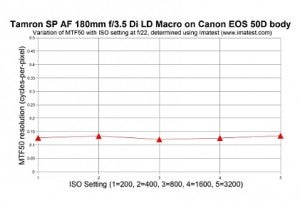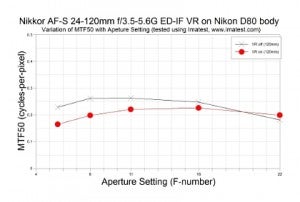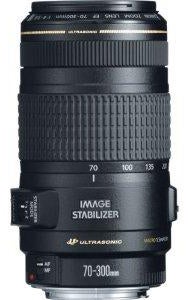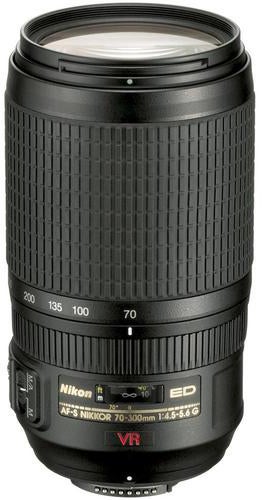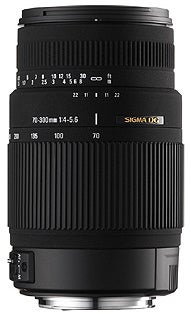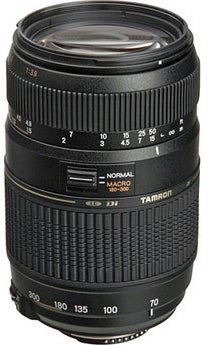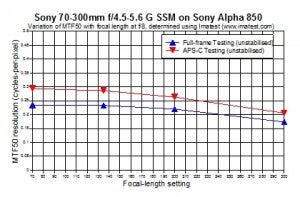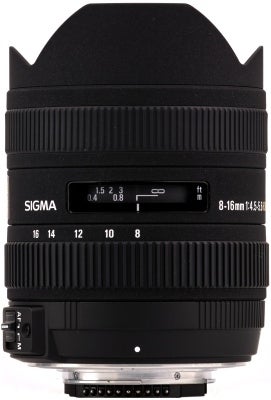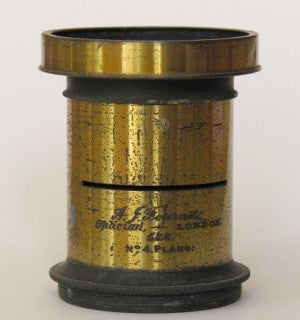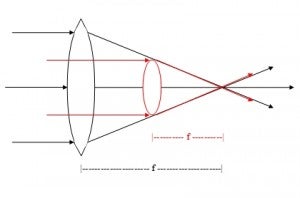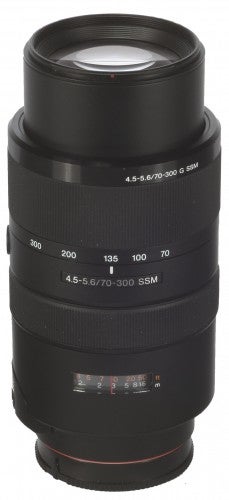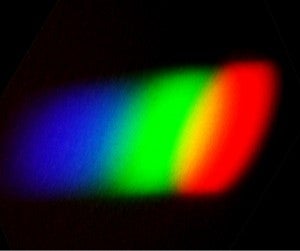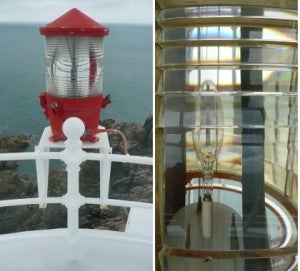If you’re looking for some interesting reading during the holidays then look no further than Zeiss Camera Lens News. The free online newsletter focusses on Zeiss lenses but its technical…
Jon Tarrant
Diffraction or Exposure Time?
Is it really diffraction that lowers the MTF performance at small apertures – or something else?
Image stabilisation and MTF
Here are some more results examining the effect that image stabilisation technology has on lens resolution.
Canon EF 70-300mm f/4-5.6 IS USM Review
Supported by a three-stop Image Stabilisation system and UD elements, this lens is capable of impressive results
Nikon AF-S 70-300mm f/4.5-5.6G ED-IF VR Review
With internal focusing and a consistent set of MTF curves, this stabilised 70-300mm optic has a lot going for it for Nikon users
Sigma 70-300mm f/4-5.6 DG OS Review
Similarly priced to Nikon's own 70-300mm lens, is this third-party option any better?
Background Effects
The ability to create unusual background effects in pictures is not confined to digital manipulation: all you need for one particular background effect is a piece of black paper or…
Tamron AF 70-300mm f/4-5.6 Di LD Macro Review
This budget superzoom option boasts close focusing and low-dispersion glass, but what do we think of it overall?
Full-frame or APS-C?
This issue will run and run but here, once again, is a look at the question of whether full-frame or APS-C sensors get the best quality from any given lens.
Sigma 8-16mm f/4.5-5.6 DC Review
With two 10-20mm lenses already within the Sigma stable, how exactly does this superwide offering fit into the line-up?
Waterhouse Stops
Having just defined the F-stop it is worth highlighting the use of Waterhouse Stops, which were both an early attempt and a very precise way to vary the aperture of…
F-numbers
The F-numbers that define aperture settings are so common that they are frequently taken for granted. But what do they mean and what is it that makes an F-number on…
Sony 70-300mm f/4.5-5.6 G SSM Review
A ruggedly built zoom lens with near-silent AF
Dispersion
Lenses are often said to incorporate “low dispersion” glass but what exactly is dispersion and why must it be minimised?
Nikon AF-S 70-200mm f/2.8G ED VR II Review
Nikon's pro zoom is a stunning beast of an optic, with consistently excellent results across the focal range
Canon EF 70-200mm f/2.8 L IS II USM Review
Revamped version of a pro classic - is this Canon's best zoom lens?
Using blur
Blur isn’t always the enemy in photographs: creative use of motion blur is a useful tool, especially if you have an image-stabilised lens that is designed to reduce blur caused…
Lost pictures
When we talk about lost pictures in digital photography we usually mean pictures that have been accidentally deleted or are stored on corrupted memory cards but often these are not…
Fresnel lenses
Augustin-Jean Fresnel coined the word “ether” as the name of the medium through which light was expected to travel in the mid-nineteenth century but he also invented those weird-shaped Fresnel…
Samsung NX 18-55mm f/3.5-5.6 OIS Review
Samsung's NX kit lens is delightfully affordable and produces some perfectly acceptable results






